
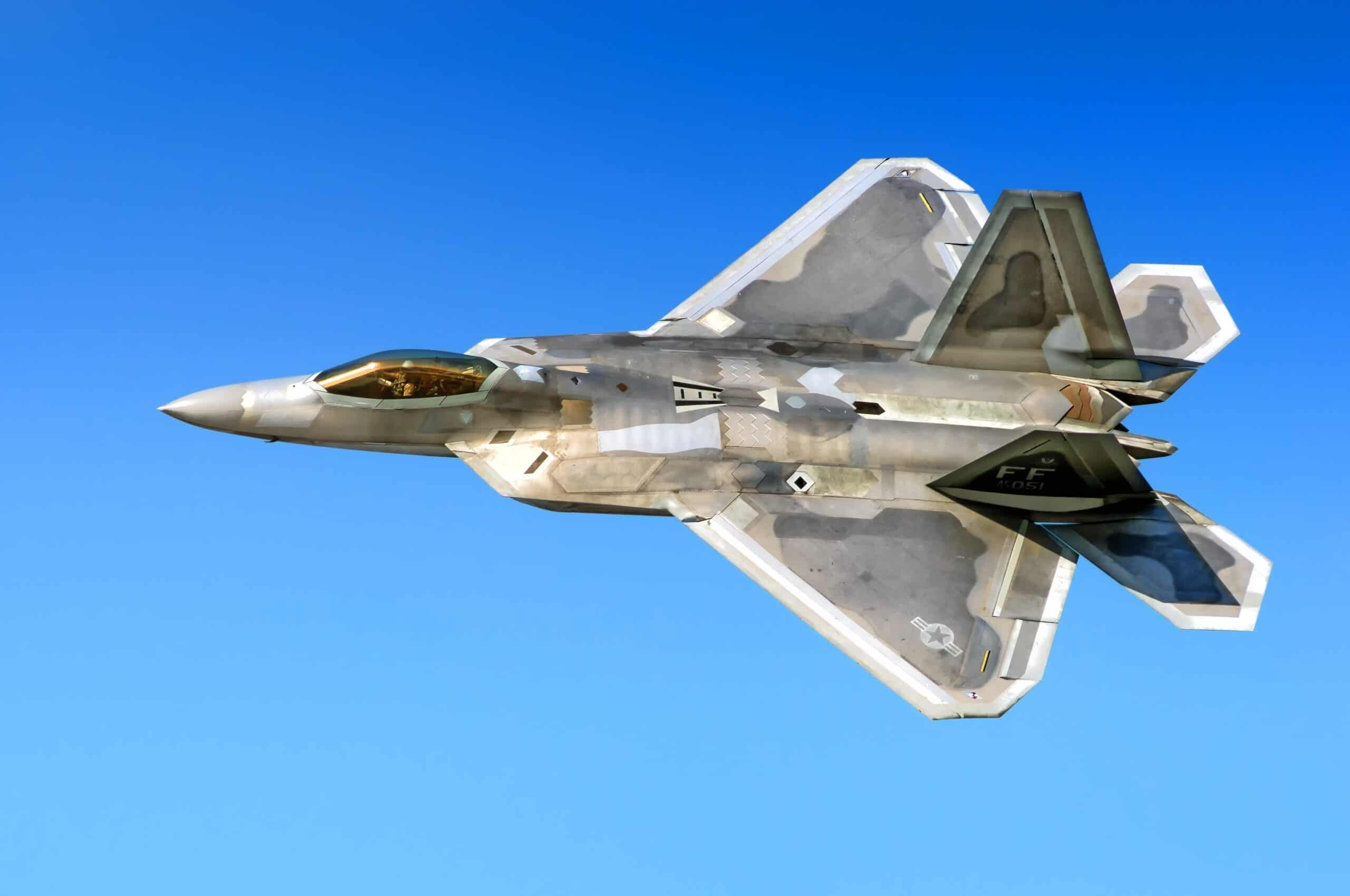
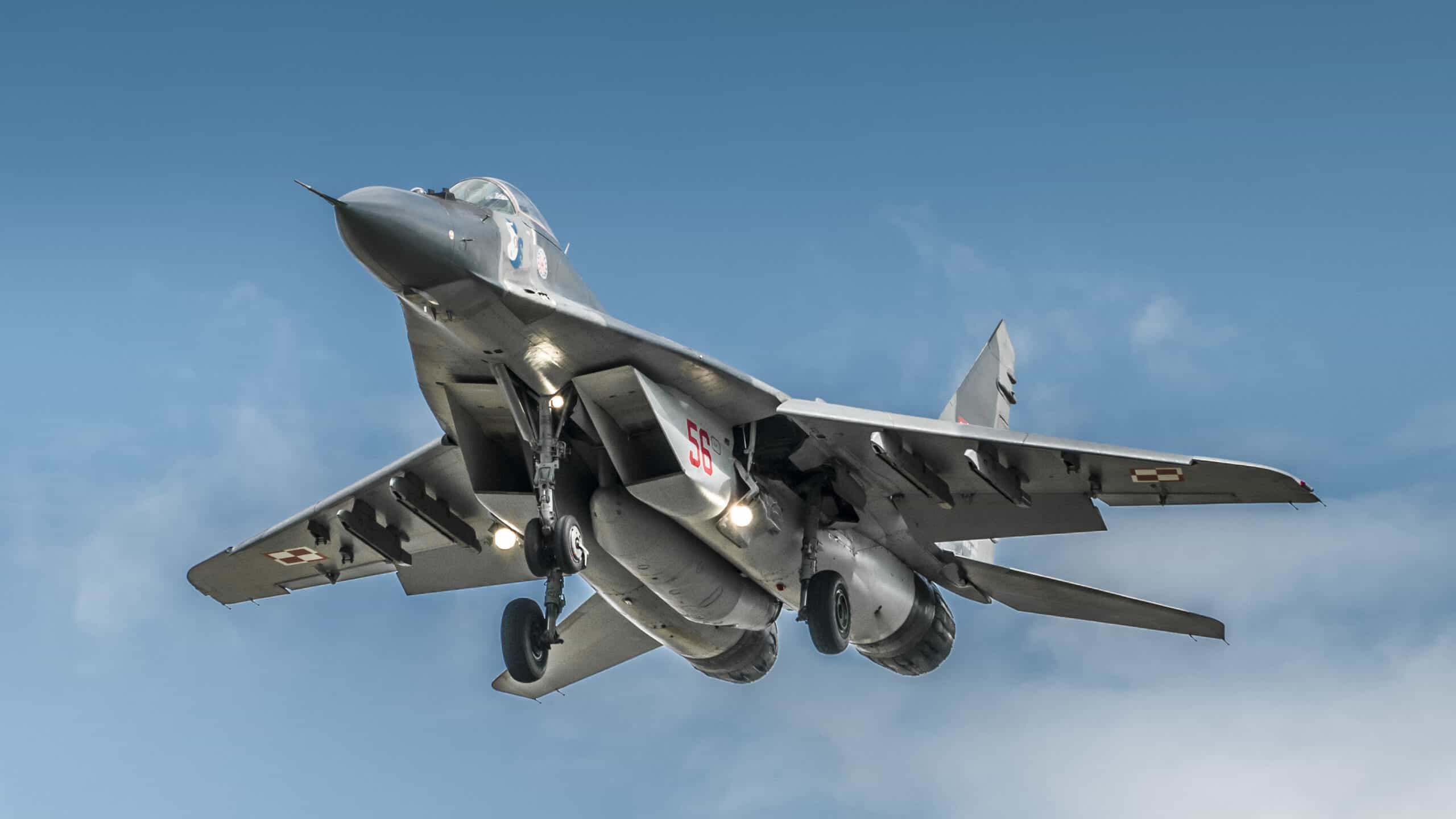
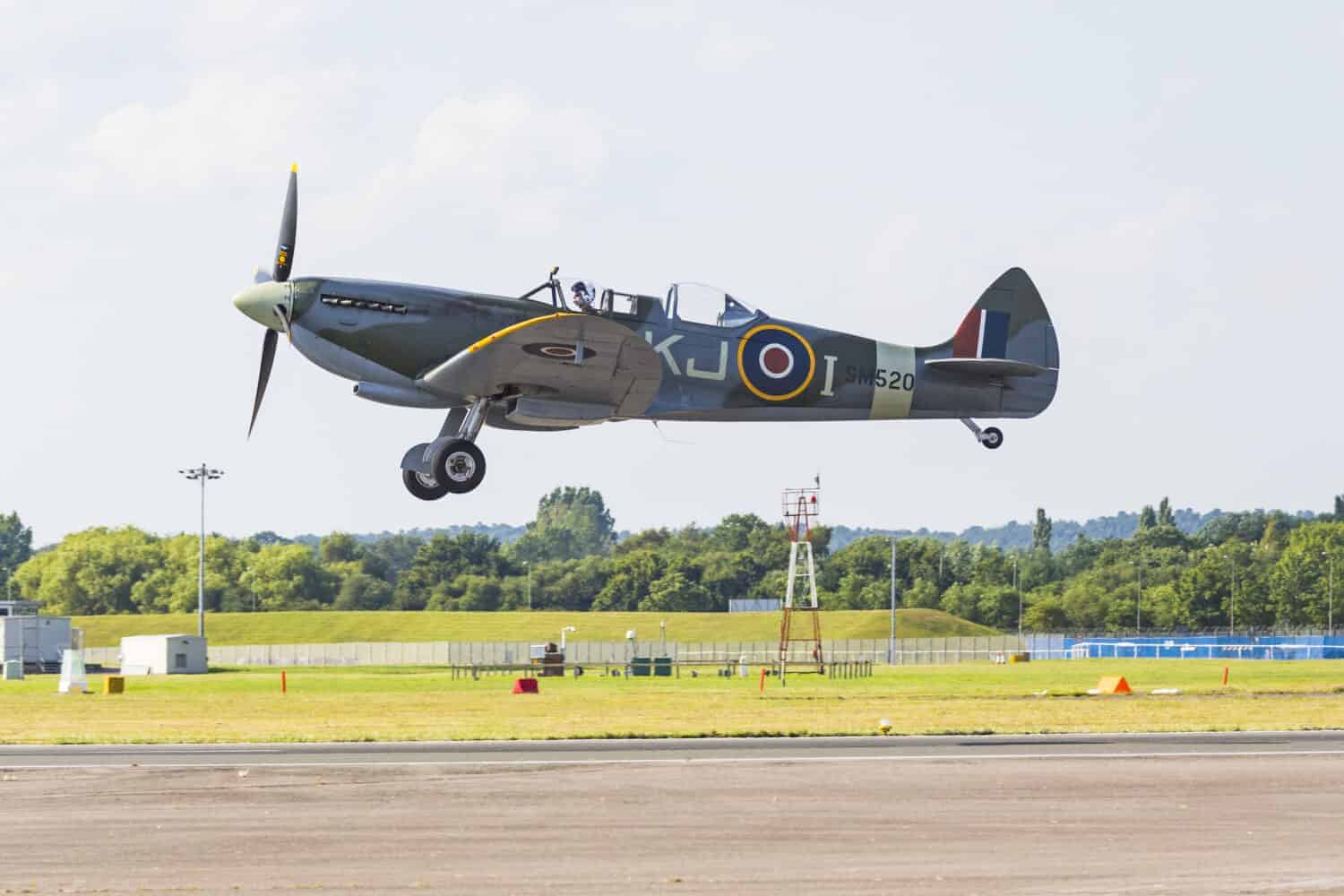
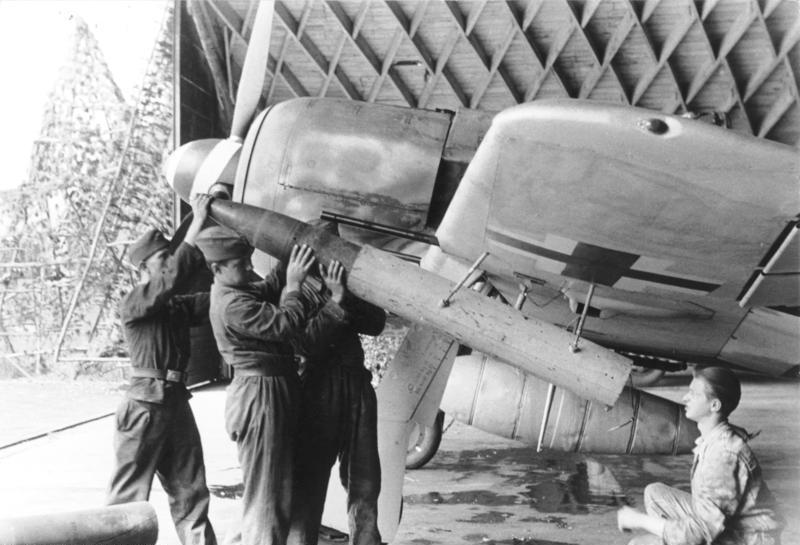
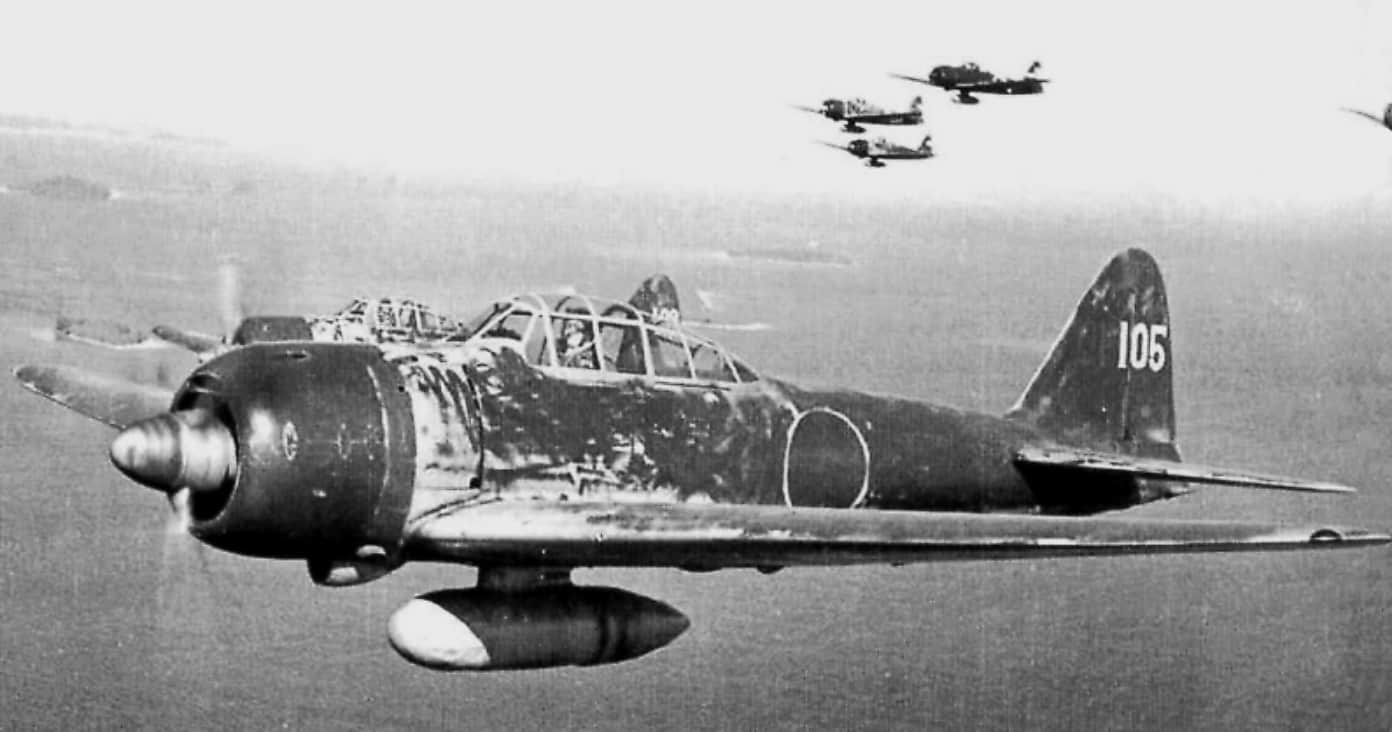
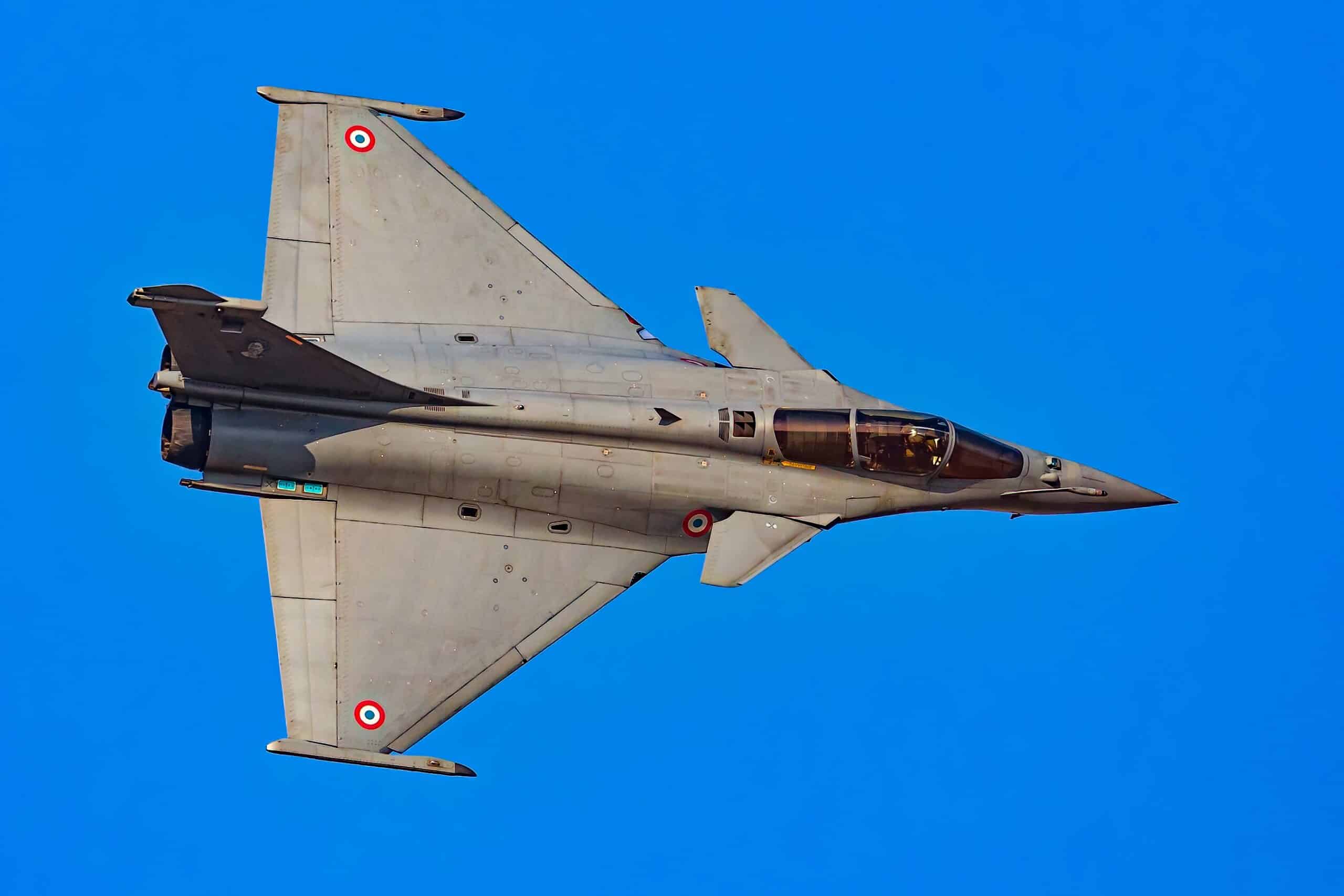

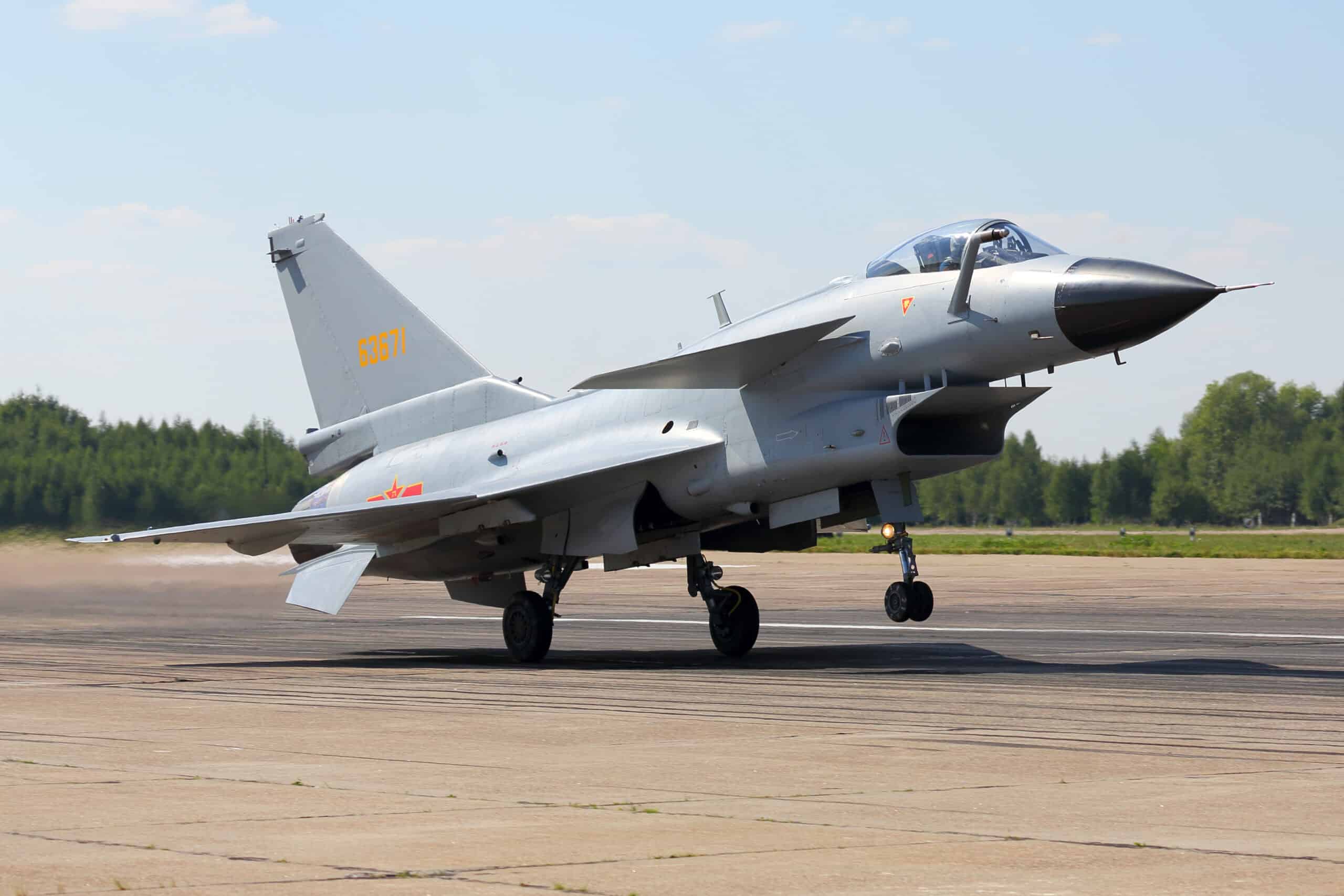
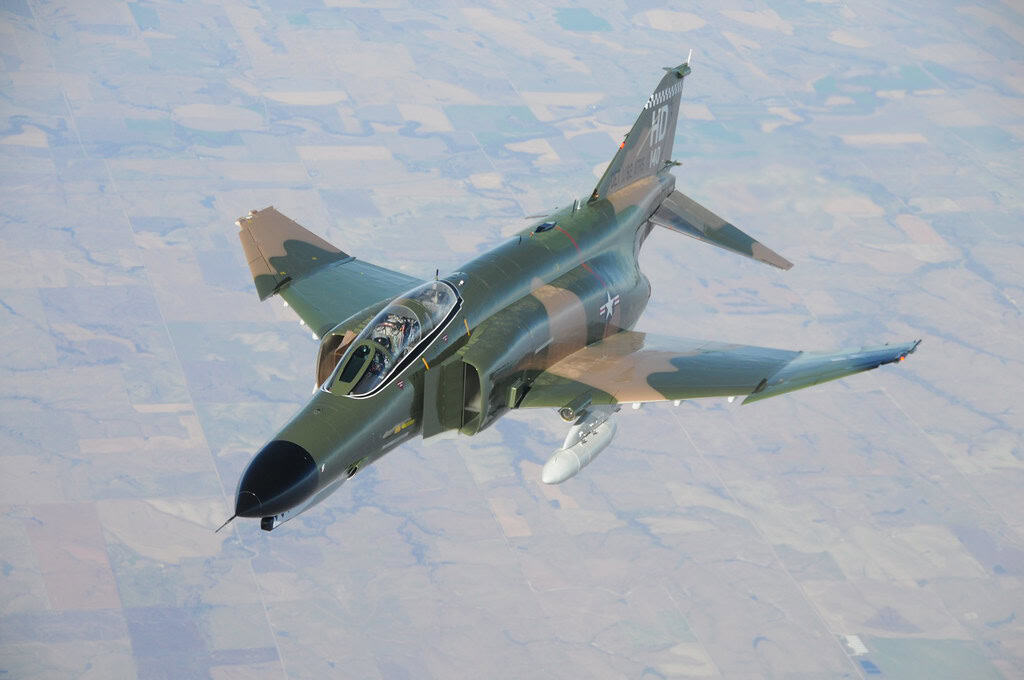

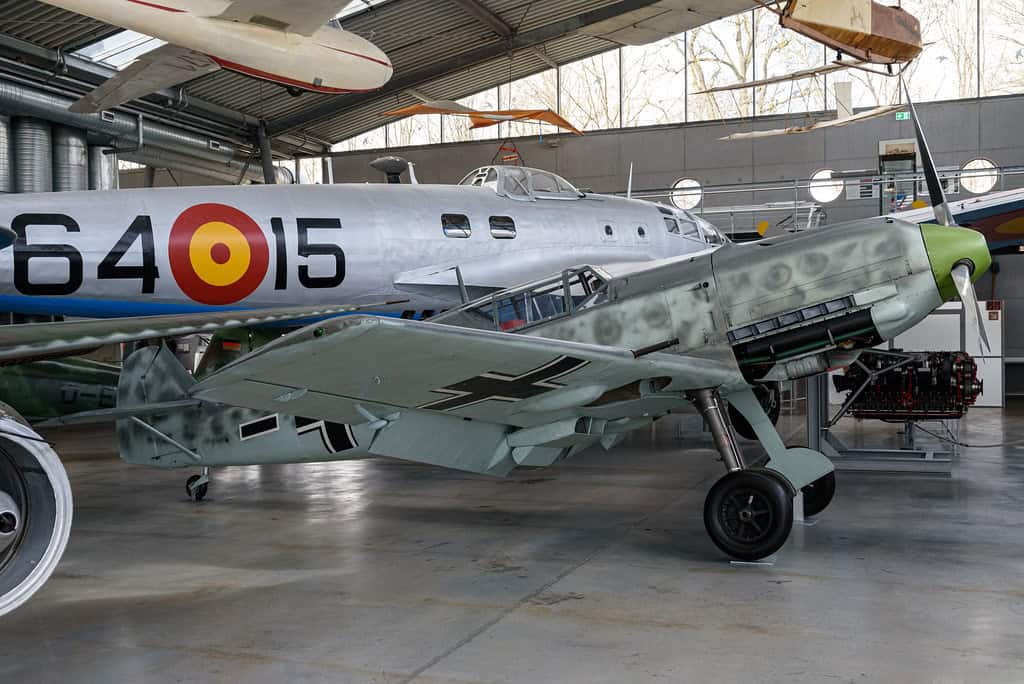
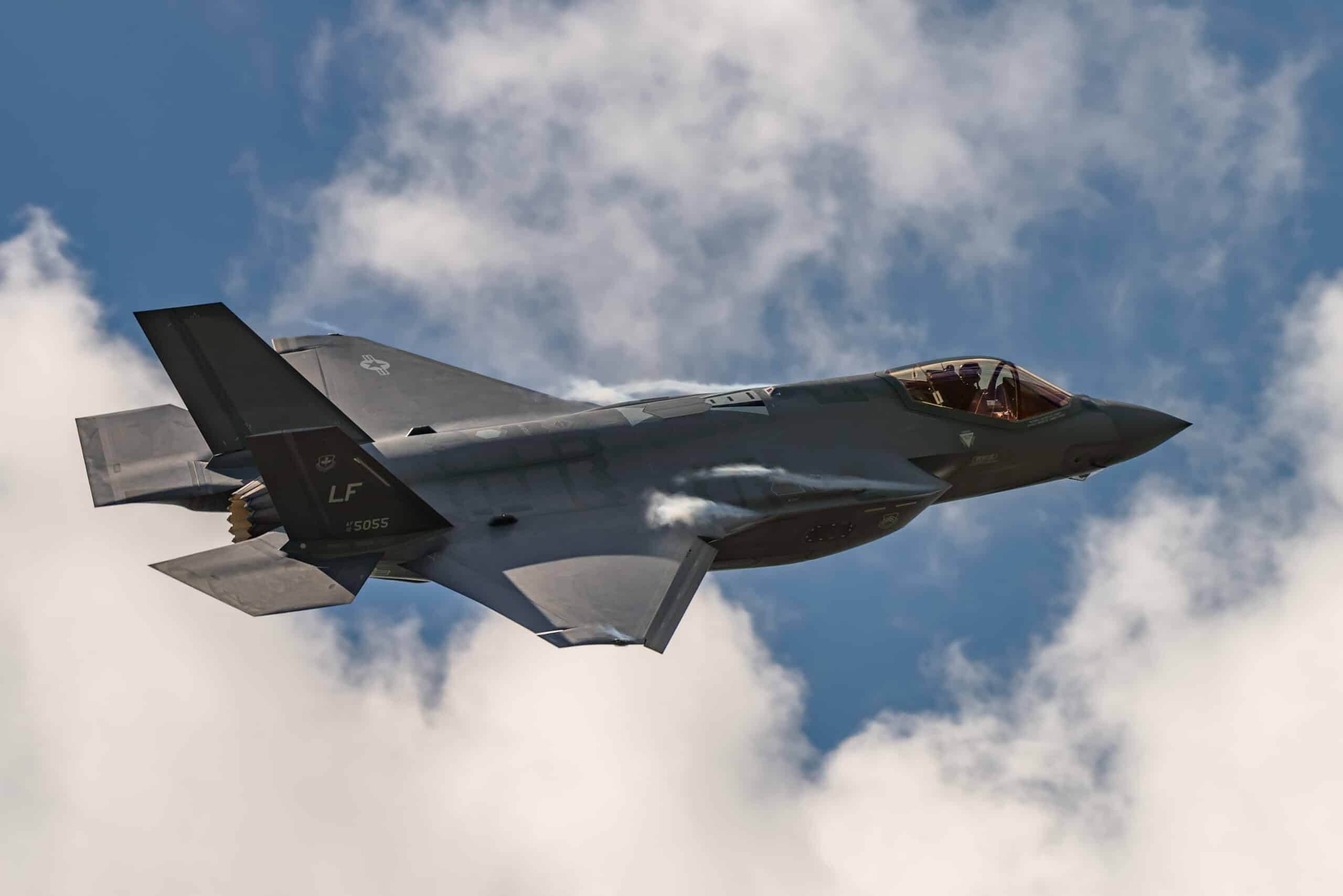


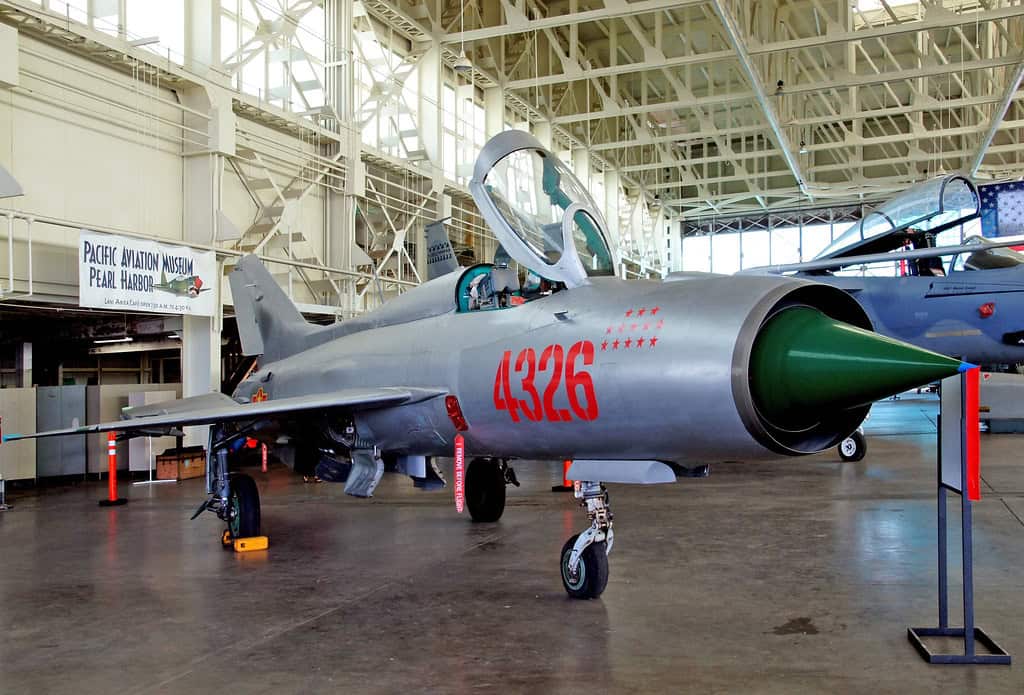
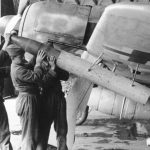

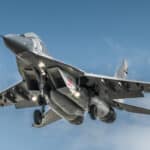

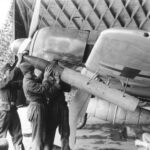
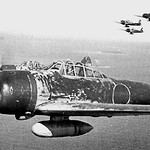
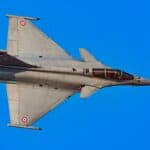
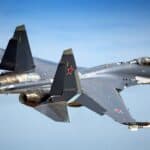
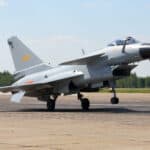
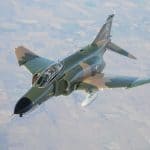
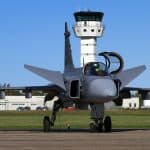

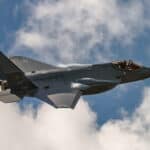
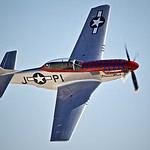
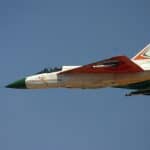
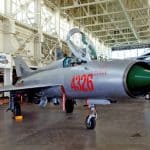
Air Superiority: A Look at 15 Iconic Military Aircraft That Changed Aerial Combat
Fighter aircraft have always been the cutting edge of air combat. Whether ripping through the skies of Europe in World War II or patrolling the airspace in today's contested zones, these machines represent the pinnacle of military engineering and tactical evolution. This gallery showcases 15 of the deadliest fighter aircraft ever to take flight, from the elegant lines of the Supermarine Spitfire to the stealth dominance of the F-22 Raptor.
Each aircraft on this list earned its place through a mix of innovation, combat record, and pure battlefield presence. Some, like the MiG-21, have been in the air longer than many pilots have been alive. Others, like the Chengdu J-20, represent the future of air superiority with cutting-edge stealth and sensor systems. What they all share is a legacy of power and precision.
As an aviation enthusiast, it’s impossible not to admire the engineering behind these machines. Every rivet, engine, and weapons system tells a story of how air power has evolved. Whether you’re a fan of vintage warbirds or modern multirole fighters, there’s something here that will make your pulse quicken, and your respect deepen.
Let’s take a closer look at the most fearsome fighters ever built.
F-22 Raptor (2005, USA)
The F-22 Raptor is a fifth-generation stealth fighter developed by Lockheed Martin for the U.S. Air Force. Known for its unmatched air superiority, speed, and agility, it has not seen direct combat but serves as a critical deterrent. It was first used operationally in 2005 and has shaped modern air combat strategy.
Mikoyan MiG-29 (1983, USSR)
The MiG-29 is a fourth-generation Soviet multirole fighter known for its excellent maneuverability and performance in close-range dogfights. It has seen action in multiple conflicts, including the Gulf War and the Yugoslav Wars. It's still in service in various countries today.
Supermarine Spitfire (1938, UK)
The Spitfire was Britain’s most iconic World War II fighter, playing a pivotal role during the Battle of Britain. Its elliptical wings and Rolls-Royce Merlin engine gave it superior agility and speed. It symbolized British resistance during the early years of the war.
Focke-Wulf Fw 190 (1941, Germany)
The Fw 190 was a highly effective German fighter in WWII, known for its powerful engine, firepower, and versatility. It gave the Luftwaffe a major edge over Allied fighters early in the war. It served on both Eastern and Western fronts.
Mitsubishi A6M Zero (1940, Japan)
The Zero was Japan's premier carrier-based fighter in WWII, dominating early Pacific battles with its long range and maneuverability. However, it was vulnerable due to a lack of armor and self-sealing fuel tanks. It saw action at Pearl Harbor, Midway, and beyond.
Dassault Rafale (2001, France)
The Rafale is a multirole fighter capable of air superiority, ground attack, and reconnaissance. Developed by Dassault Aviation, it has been used in combat operations in Afghanistan, Libya, and Mali. It's considered one of the most advanced fighters in Europe.
Sukhoi Su-35 (2014, Russia)
The Su-35 is a supermaneuverable multirole fighter derived from the Su-27 platform. It boasts powerful engines, long-range radar, and advanced avionics. It has been deployed in Syria and remains one of Russia's most capable fighters.
Chengdu J-20 (2017, China)
The J-20 is China's first stealth air superiority fighter, designed to compete with U.S. F-22 and F-35 jets. It entered service in 2017 and features stealth shaping and advanced sensors. It symbolizes China's growing aerospace ambitions.
McDonnell Douglas F-4 Phantom II (1960, USA)
The F-4 Phantom II was a versatile fighter-bomber used extensively during the Vietnam War. It was fast, heavily armed, and served with multiple branches of the U.S. military. It also saw combat with other nations, including Israel and Iran.
Saab JAS 39 Gripen (1996, Sweden)
The Gripen is a lightweight, multirole fighter known for its affordability and advanced electronic warfare systems. It’s used by several nations, including Sweden, Brazil, and South Africa. The aircraft is notable for operating effectively from short runways.
Messerschmitt Bf 109 (1937, Germany)
The Bf 109 was Nazi Germany’s main WWII fighter and one of the most produced warplanes in history. It saw combat in nearly every theater where the Luftwaffe operated. It earned a reputation for its speed and kill count.
Lockheed Martin F-35 Lightning II (2015, USA)
The F-35 is a stealth multirole fighter developed for the U.S. and its allies, featuring advanced sensors and networked warfare capabilities. It's been deployed by over a dozen countries. Its versatility allows it to perform air-to-air, ground attack, and reconnaissance missions.
North American P-51 Mustang (1942, USA)
The P-51 Mustang was a long-range escort fighter that played a decisive role in achieving air superiority over Europe in WWII. Its speed, range, and maneuverability made it a favorite among pilots. It was especially effective in escorting bombers deep into enemy territory.
HAL Tejas (2015, India)
India’s first indigenous light combat aircraft, the HAL Tejas, is a multirole jet designed for air-to-air and air-to-ground missions. It’s part of India’s push for defense self-reliance. The Tejas has entered service with the Indian Air Force and Navy.
MiG-21 (1959, USSR)
The MiG-21 is one of the most widely produced and longest-serving jet fighters in history. It saw combat in Vietnam, the Middle East, and the India-Pakistan wars. Despite its age, it remains in service in several countries.